Software infrastructure 2.0: a wishlist
Erik Bernhardsson
APRIL 18, 2021
Software infrastructure (by which I include everything ending with *aaS, or anything remotely similar to it) is an exciting field, in particular because (despite what the neo-luddites may say) it keeps getting better every year! Anyway, I feel like this applies to like 90% of software infrastructure products. Truly serverless.

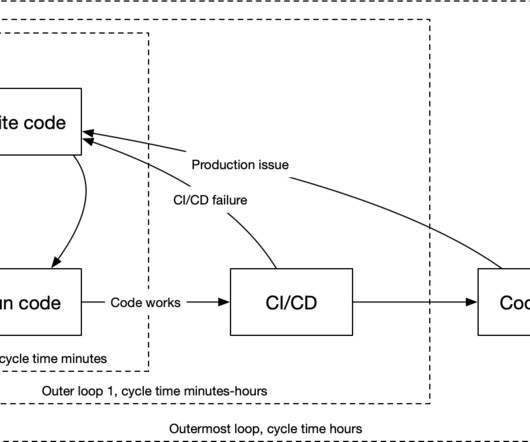
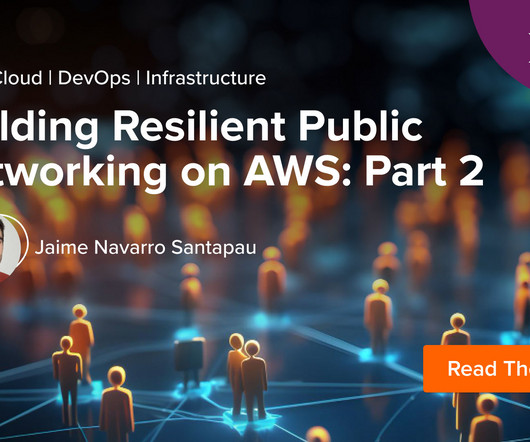

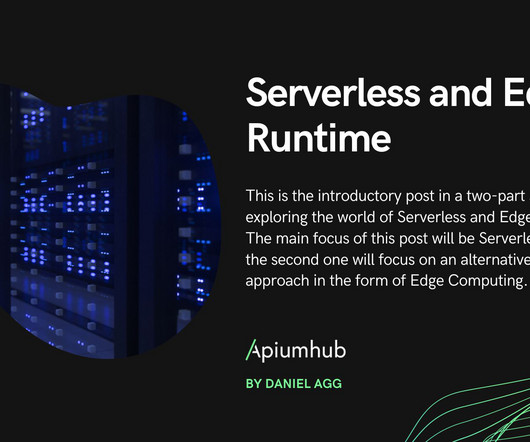



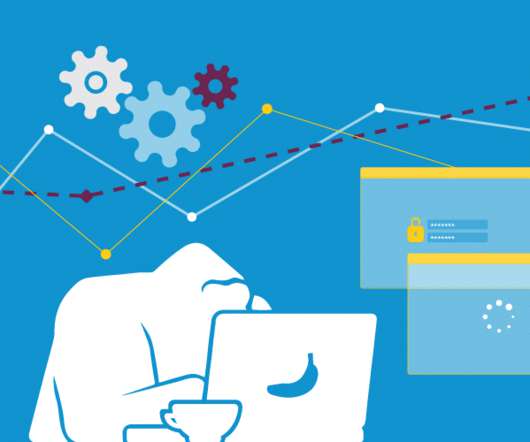
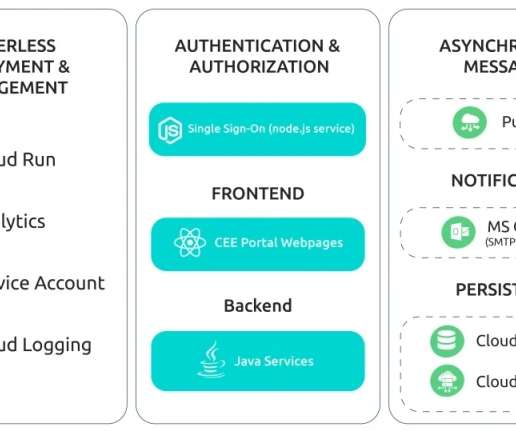
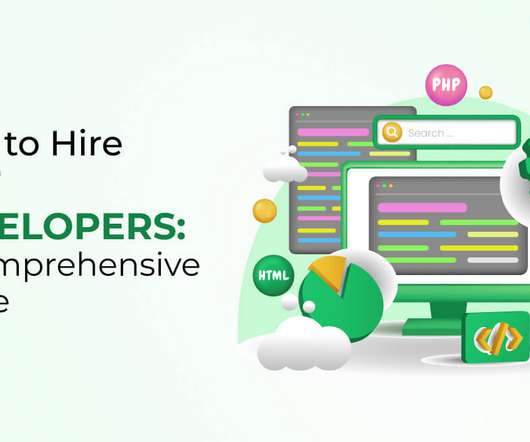



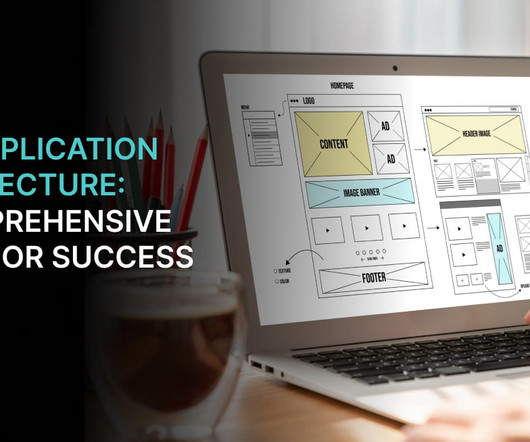













Let's personalize your content